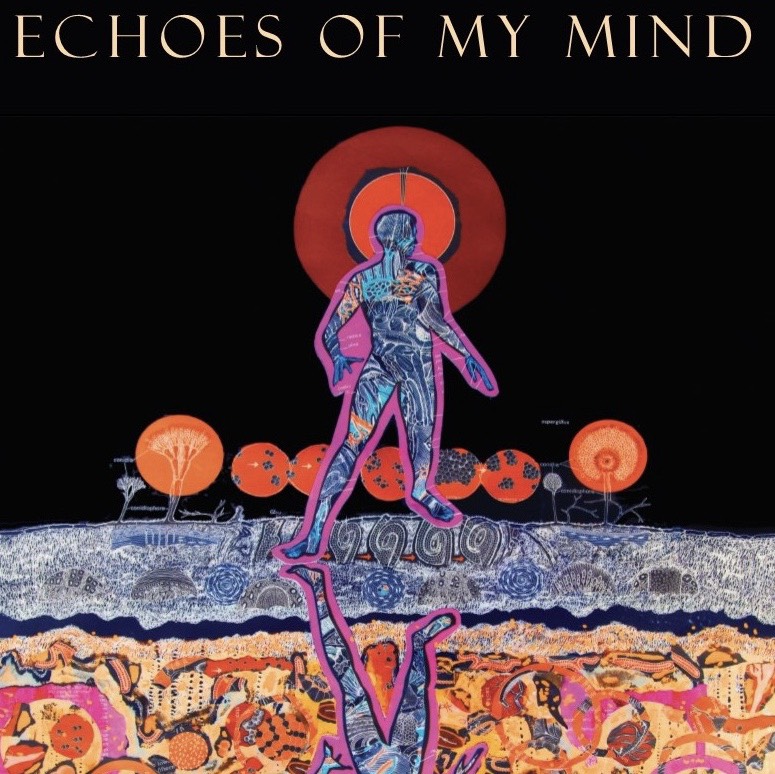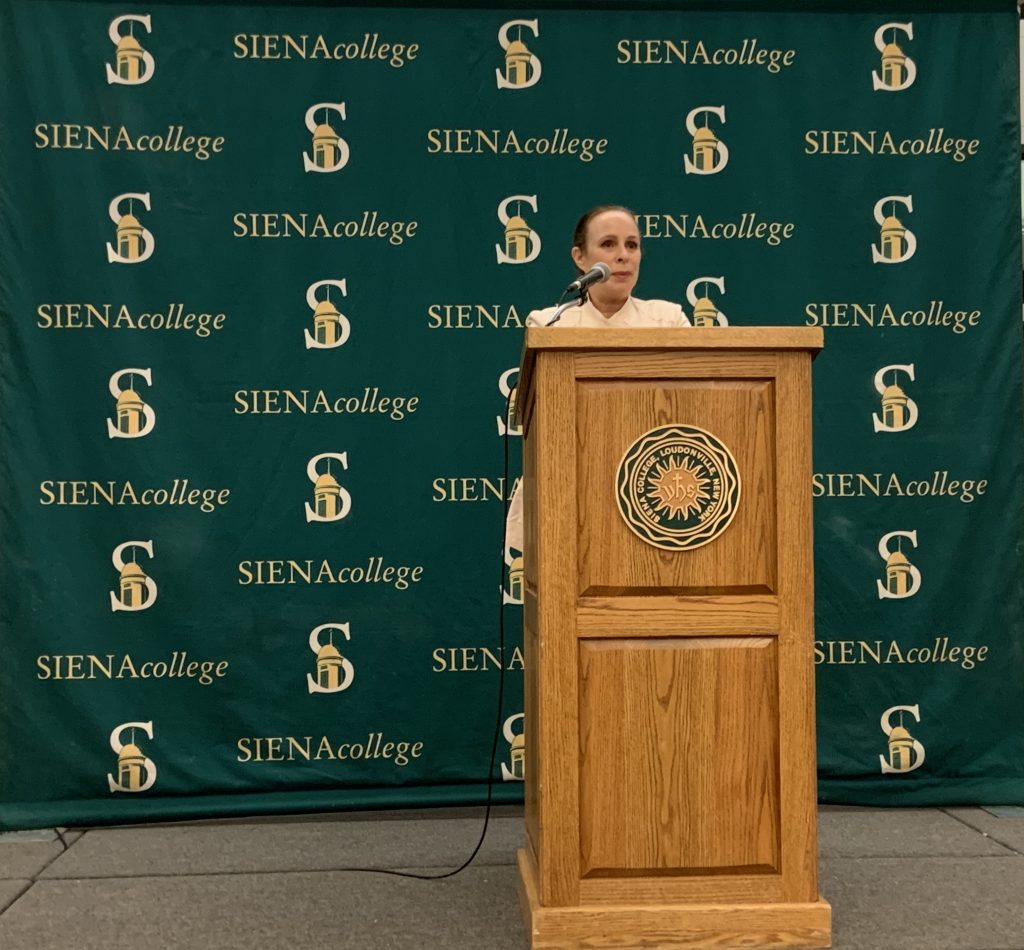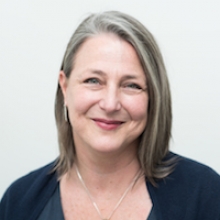
Siena’s various departments consistently invite engaging and entertaining guests to campus. Between performances, discussions, workshops, etc., special visitors are always appreciated in sharing new experiences and knowledge with the campus community. However, when an event is solely based on the creative accomplishments of someone from our campus, there is a communal sense of pride that comes along with the entertainment. This past Wednesday, Sergio Sericolo of Siena’s Marketing and Communications Office, showcased his artistic abilities and was met with the amazement of faculty and students alike.
The “Echoes of My Mind” art exhibition’s opening ceremony encouraged guests to enjoy mixed media artworks and to meet the artist, Sergio Sericolo, himself. Outside of being an art director for Siena’s Marketing and Communications Office and an adjunct drawing and painting instructor on campus, Sericolo is also an experienced exhibiting artist. With all of his Siena involvement in mind, it only seems fitting for his work to be shared right here on campus. In Yates Gallery, located on the second floor of the Standish Library, attendees were invited to refreshments as they enjoyed the afternoon. Sericolo was present during the event and freely engaged with guests as they moved from throughout the exhibition.
“In my work, I incorporate pictures taken from anatomy, biology, and other natural history texts and books” Sericolo included in his displayed artist statement. He focused on layering his work to give more texture and depth to the pieces. He went on to explain that he “begin(s) each work with no plan, no preconceived notion of how the final product might look.” With themes in mind but no set plan for how his art might turn out, Sericolo was able to create pieces that could both stand on their own and complement one another in a collective display.
Sericolo’s pieces embodied so much detailing that the longer I viewed them, the more complex the stories they told became. I had to make a few rounds of all of the displayed pieces to fully take in the unique the elements in each one. A few notable themes throughout the exhibition were human anatomy and nature, which seemed to be used to create completely new narratives. In many of his pieces, Sericolo utilized contrasting black and white patterns with bold colors to act as either the centerpiece or border of the piece. His use of pictures from textbooks humanized the work while still leaving it very abstract. Sericolo best expressed his work in the final line of his artist statement as a “natural abstraction.”
If you missed out on the opening reception of the “Echoes of my Mind” art exhibition, don’t worry! Sericolo’s artwork will be on display now through the end of the semester in the Yates Galley in the Standish Library. And while the previously mentioned “communal sense of pride in a campus member’s accomplishments” won’t be in the air, Serigio Sericolo’s pieces are still breathtaking, nonetheless.


